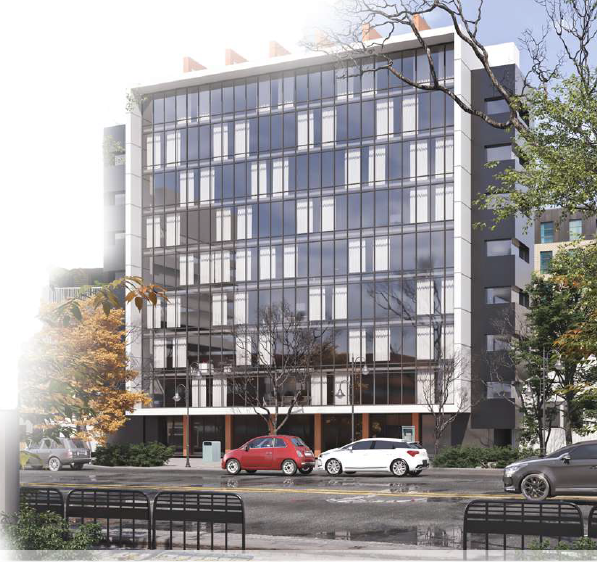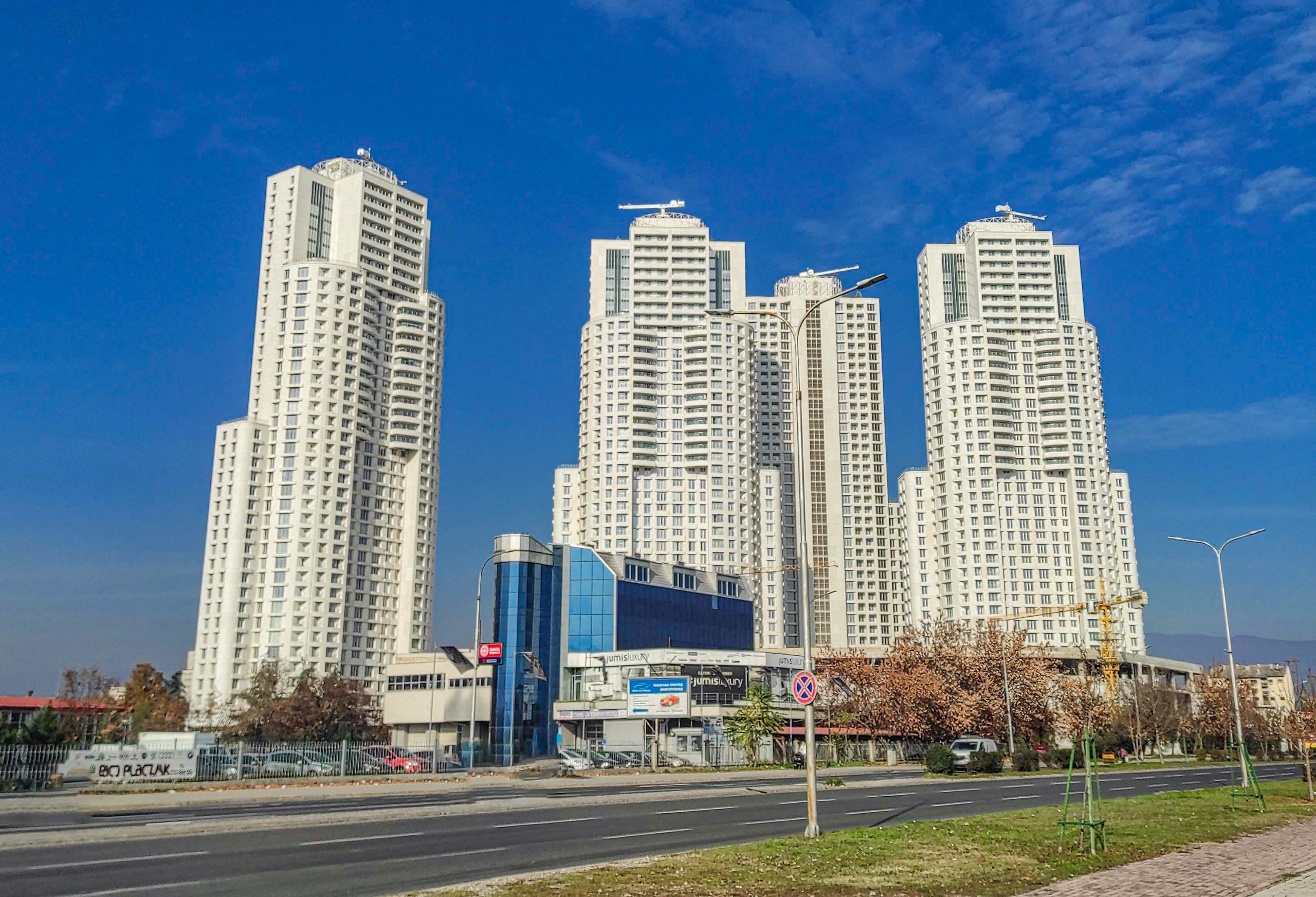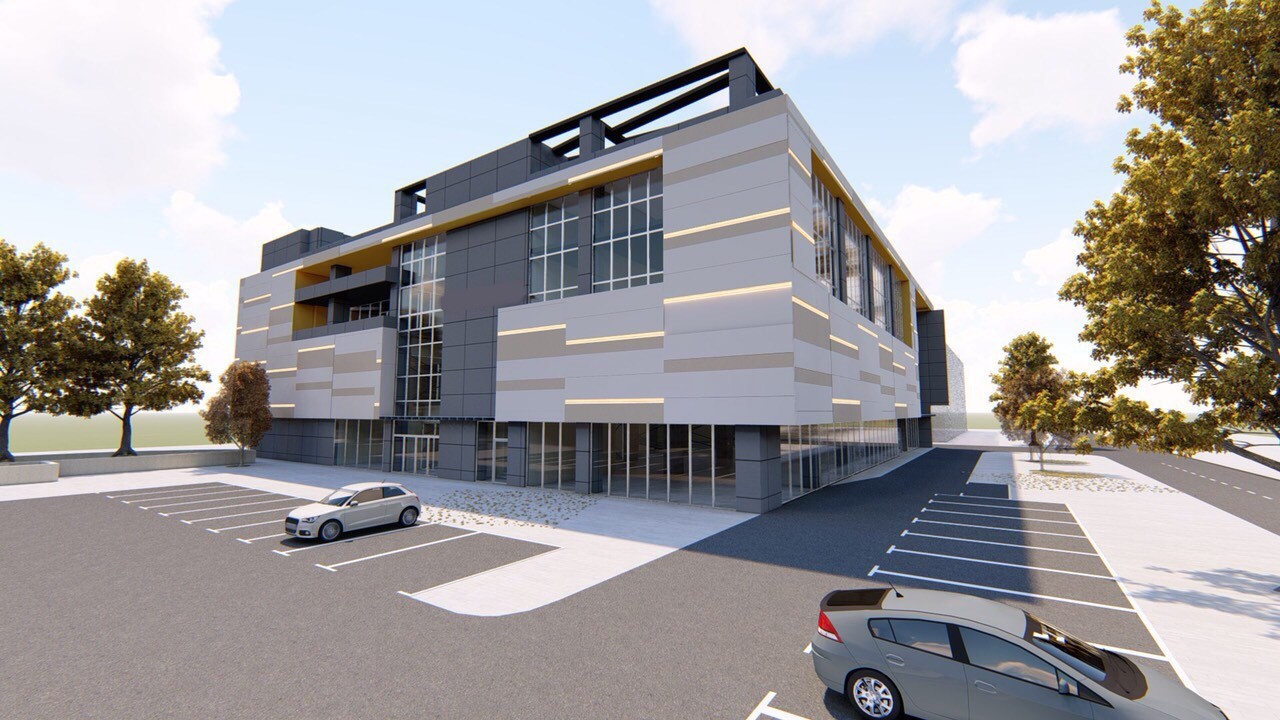-

Office space in a business building at excellent location
Boasting a total area of 3,200 square meters available for rent, this remarkable property is sure to meet all your commercial needs.
Parking will never be a hassle as this property provides ample parking spaces, guaranteeing that your guests and staff can arrive and depart effortlessly. The provision of a centralized HVAC system ensures optimal comfort throughout the year.
Contact us today to arrange a visit and witness firsthand the endless possibilities that await within these walls.
-
LocationCenter
-
Size3200 m2
-
ID1103
-
-

Office space in the complex of the Cevahir Sky City
This prestigious office space offers an impressive area of 6,000 square meters for rent.
Access to many amenities, including parking in underground garages. Possibility to adapt the space to meet the unique needs of your business.
Contact us to book a meeting or a tour of the space and see for yourself what makes this business space truly exceptional.
-
LocationAerodrom
-
Size6000 m2
-
ID1102
-
-

Business center at an excellent location
This business space is located in Centar municipality and is currently available for rent.
What makes this space particularly attractive is the variety it offers to potential clients. The premises can be adapted to meet the individual requirements of customers.
Whether working for a small start-up or a larger organization, this office space is the perfect solution for those looking for a modern, flexible workspace in a premium location.
-
LocationCenter
-
Size10000 m2
-
ID1101
-